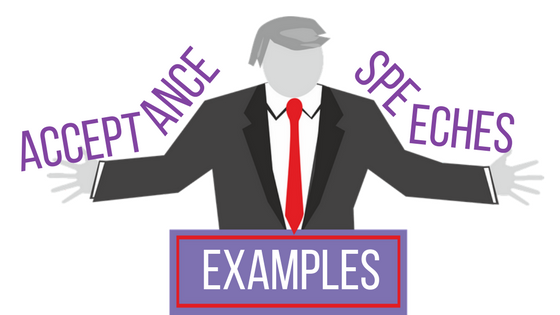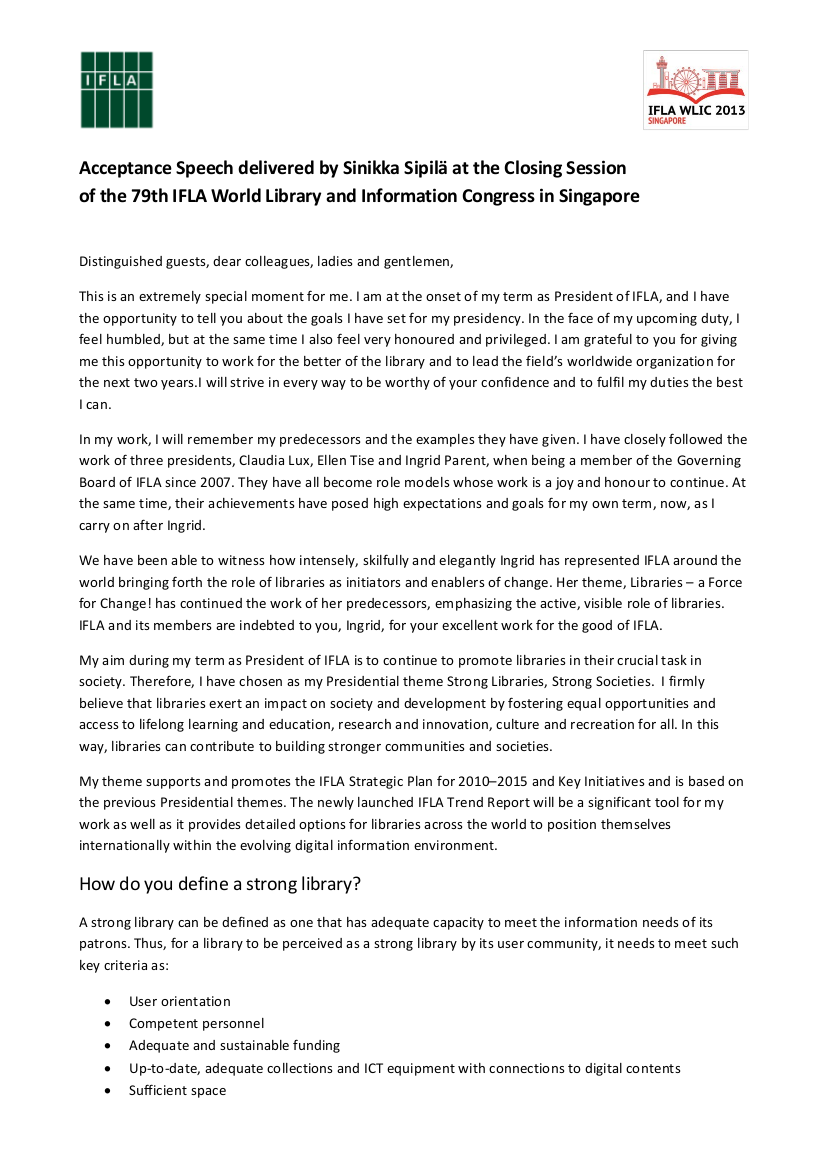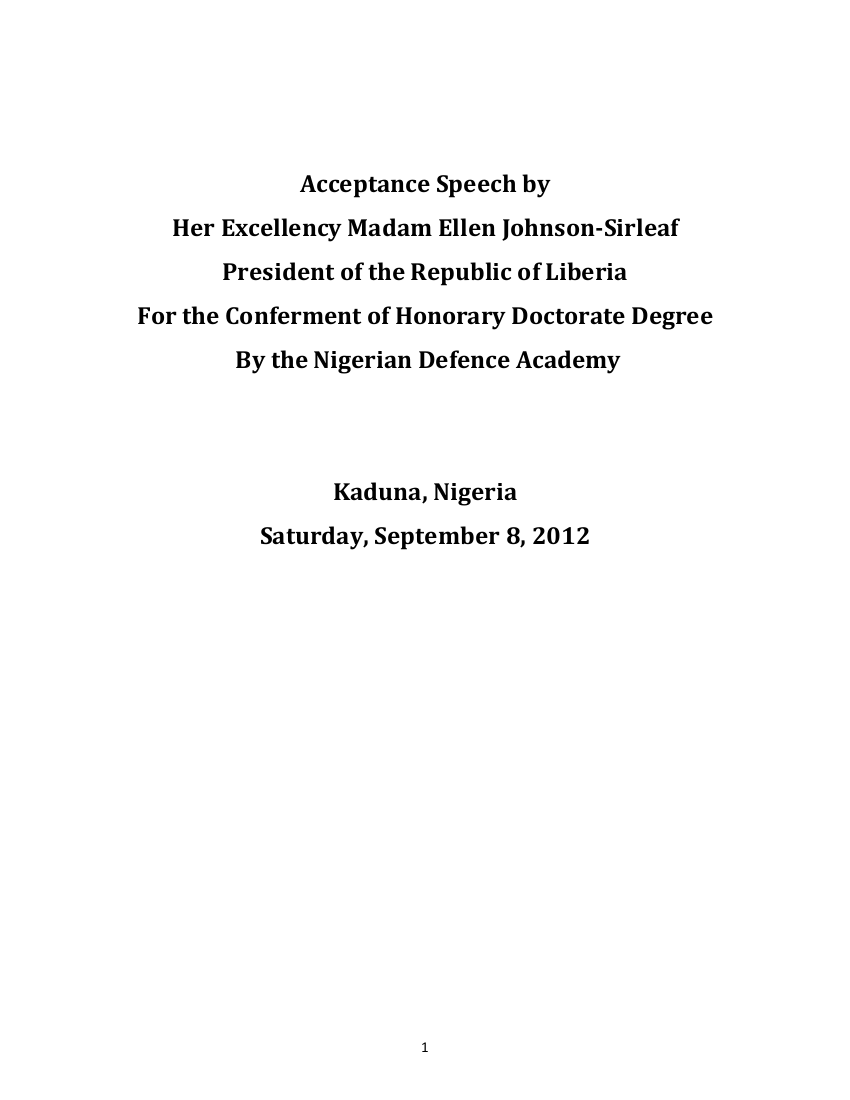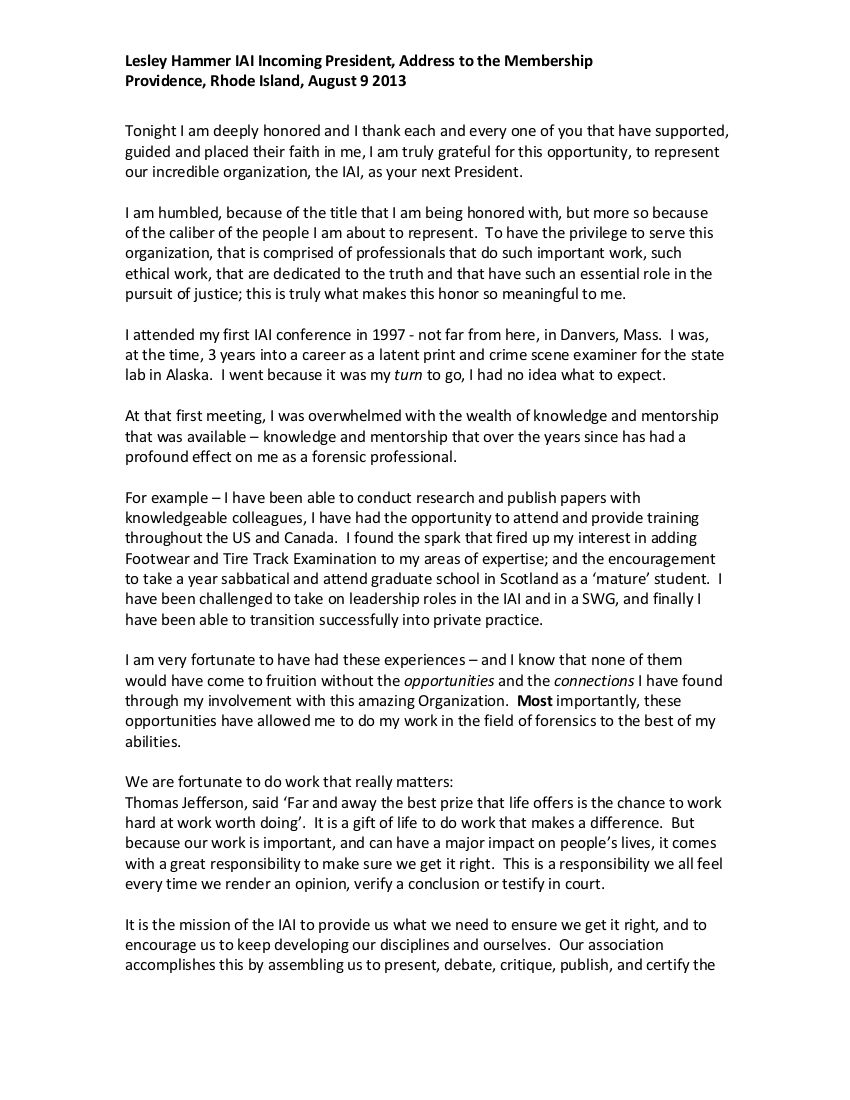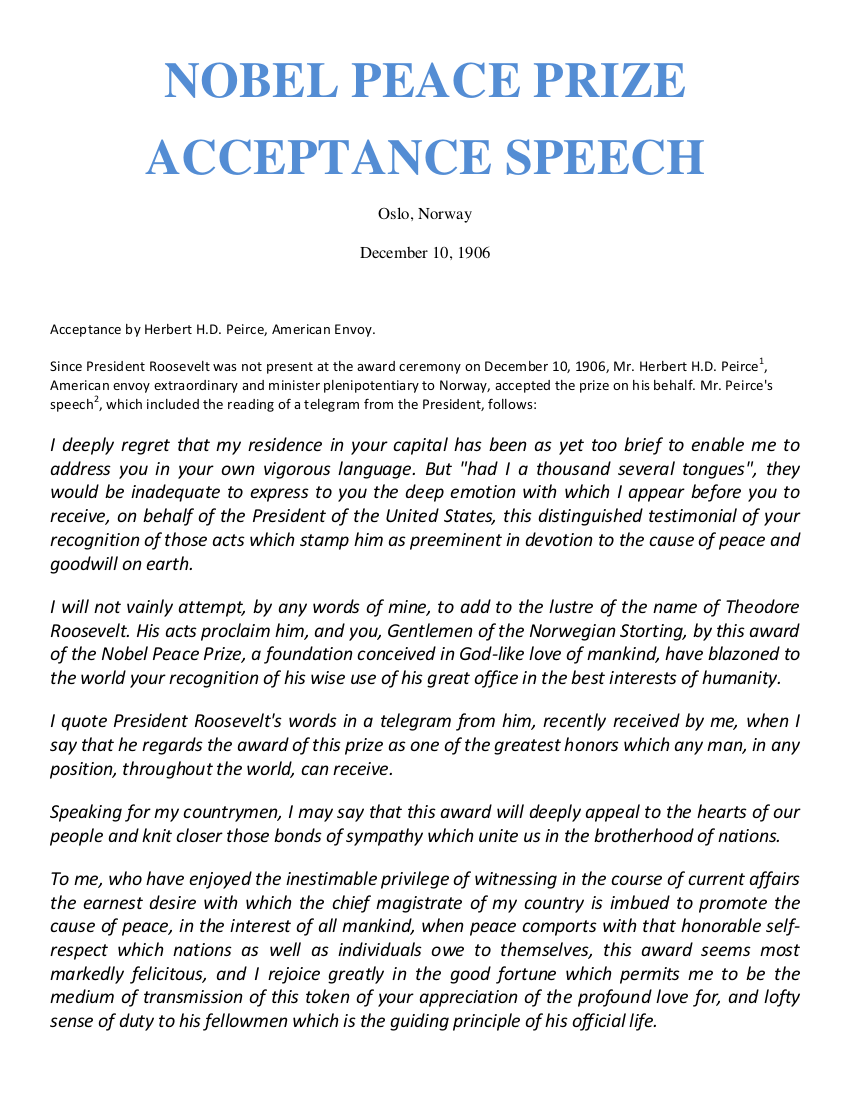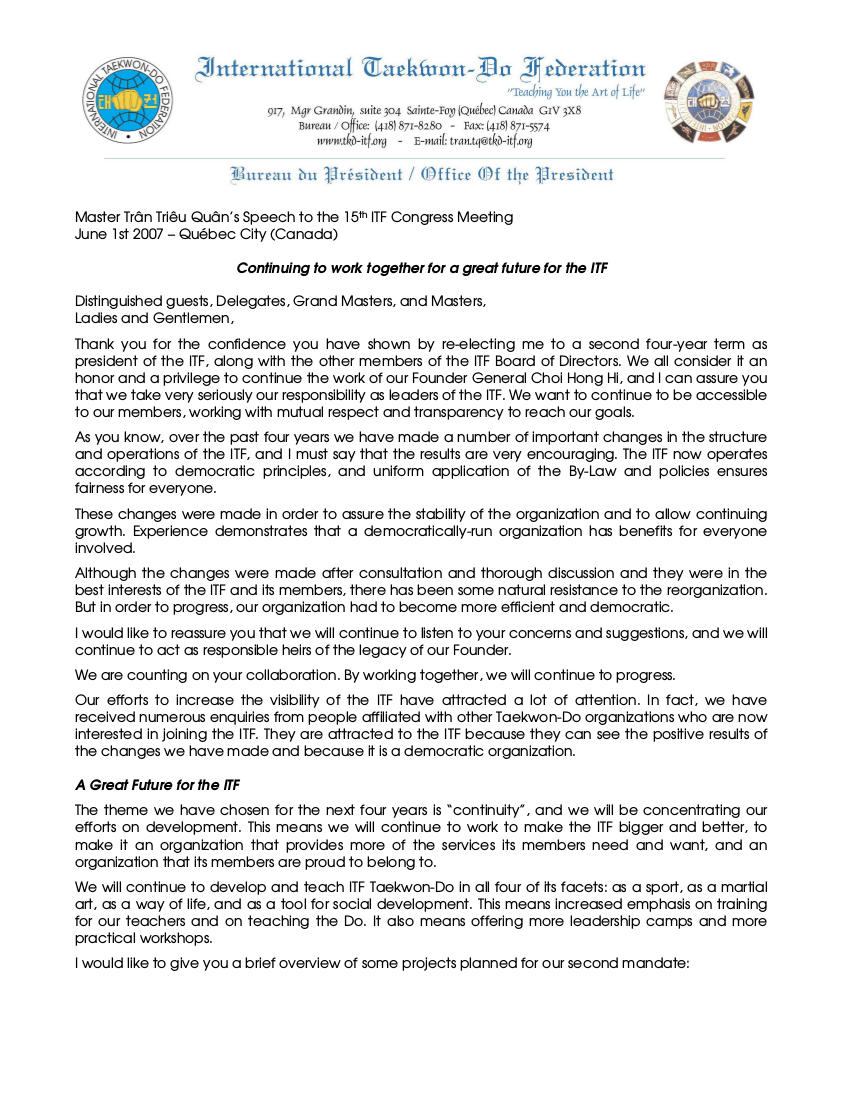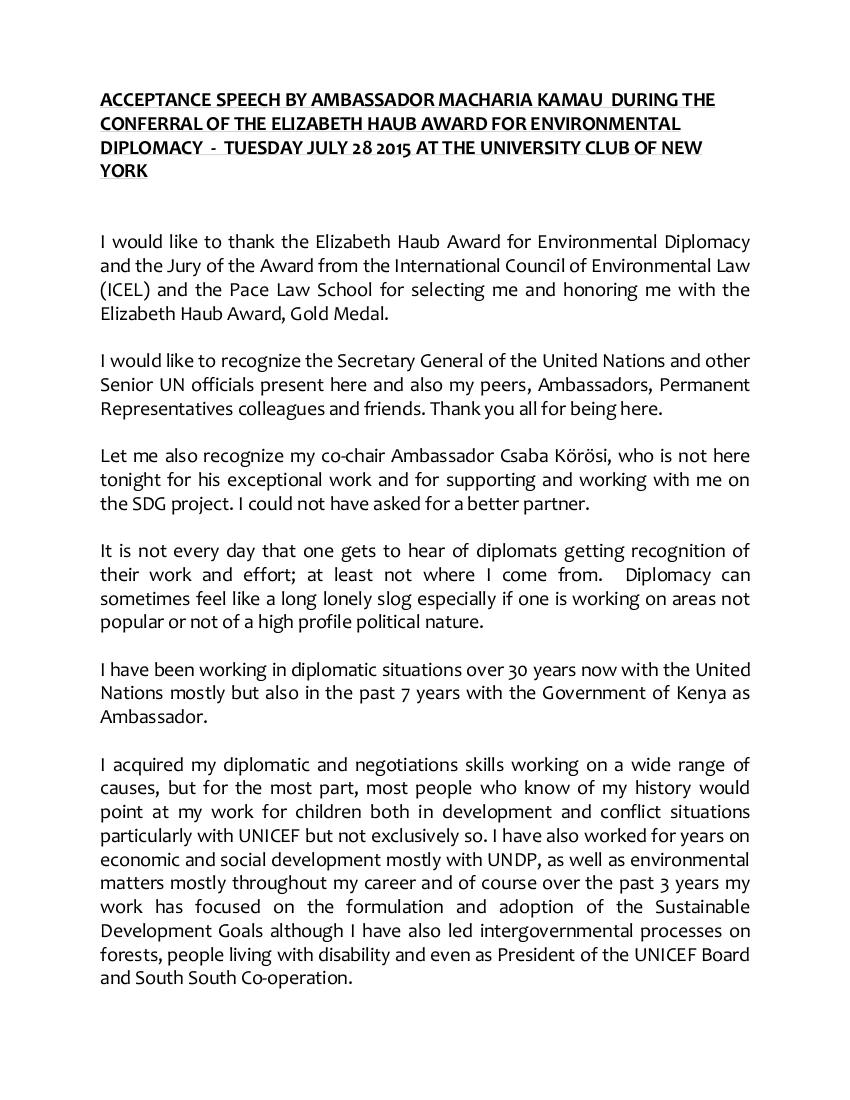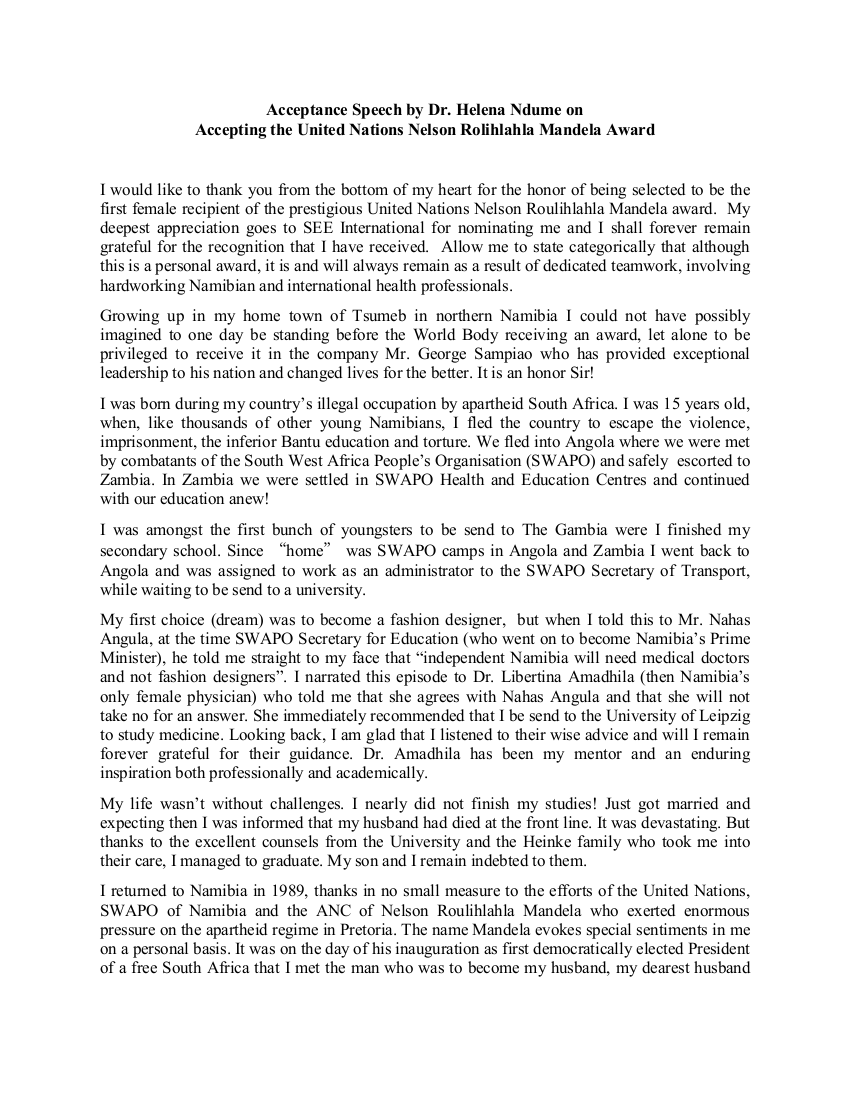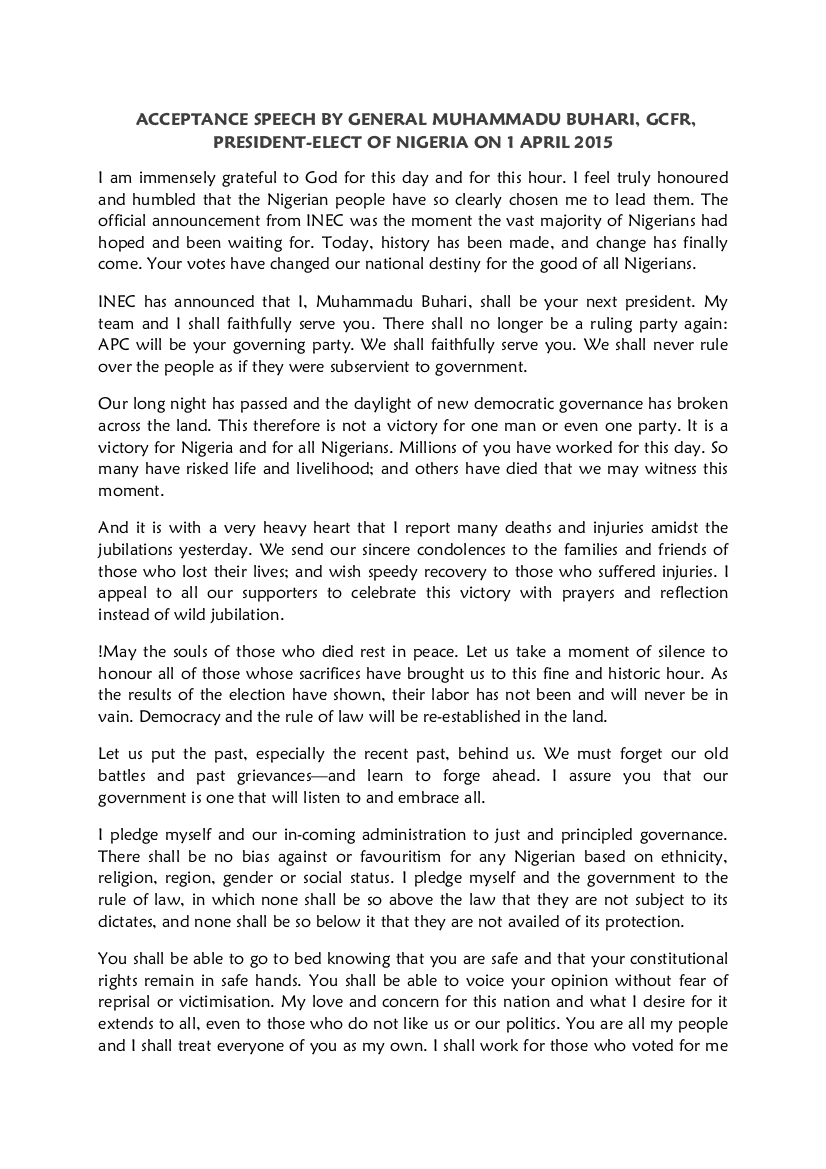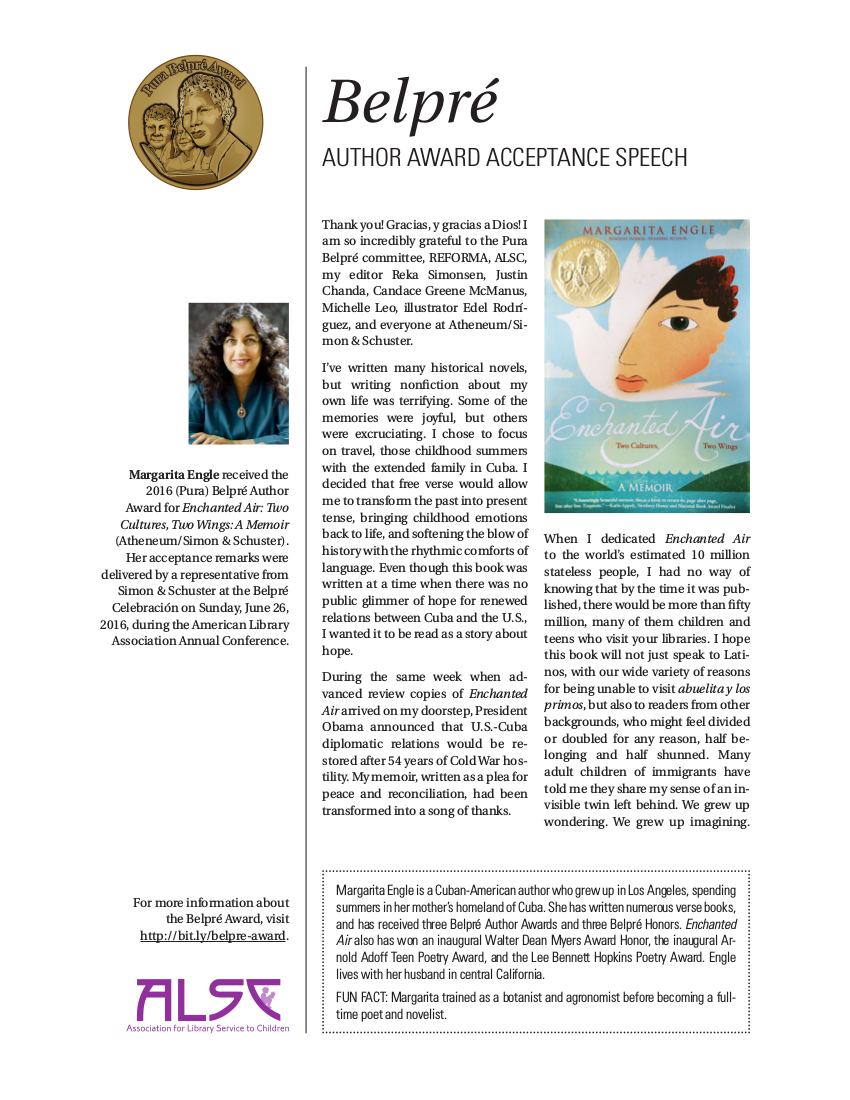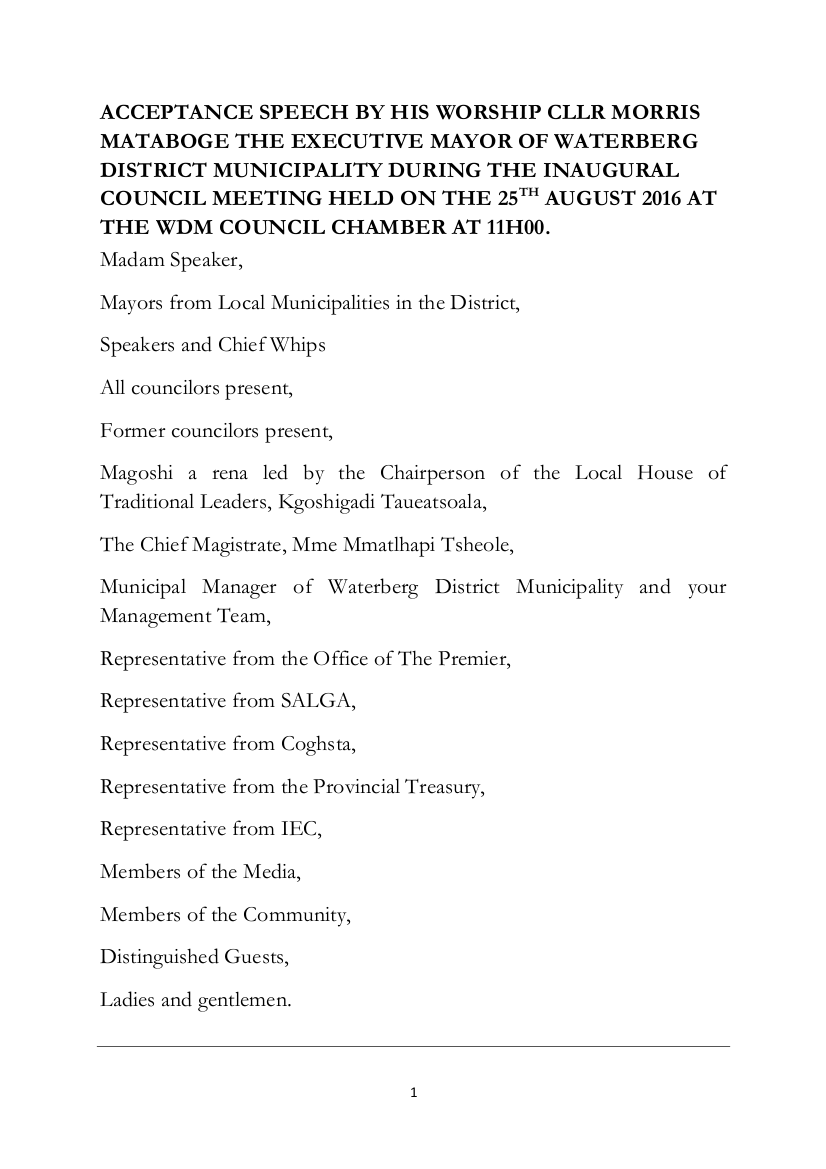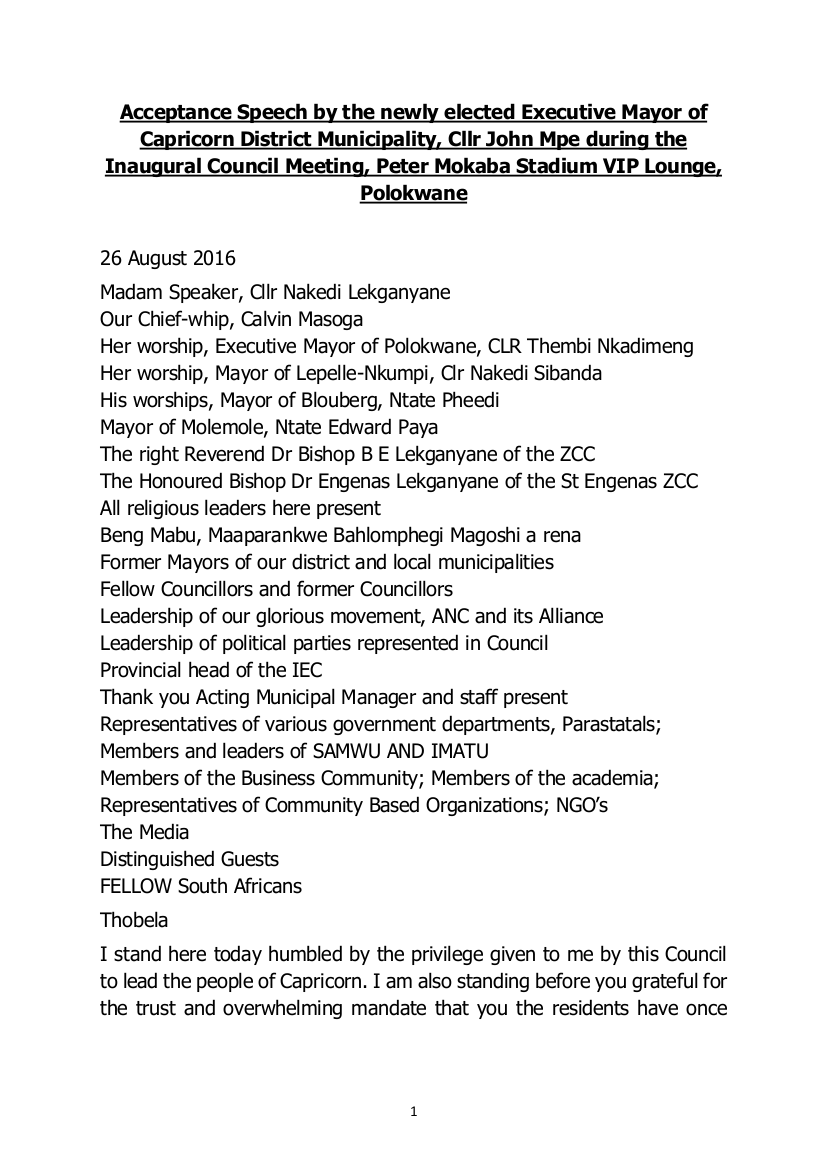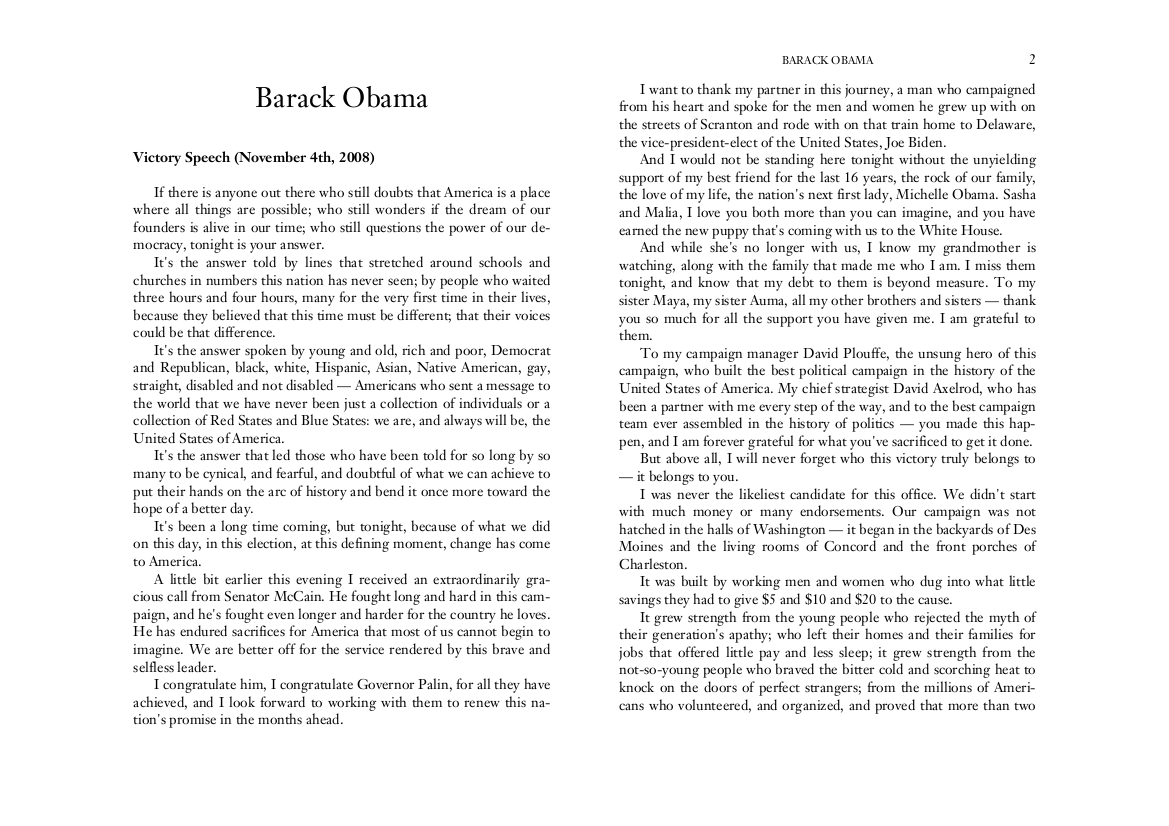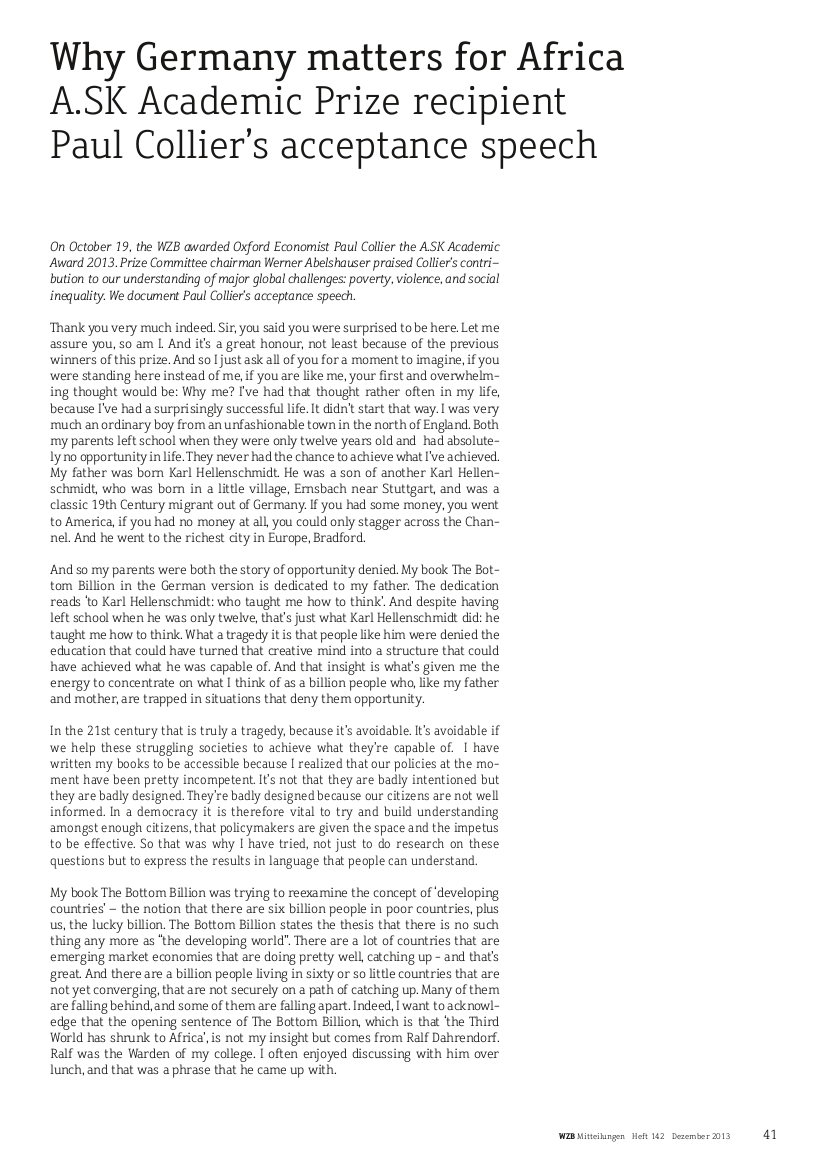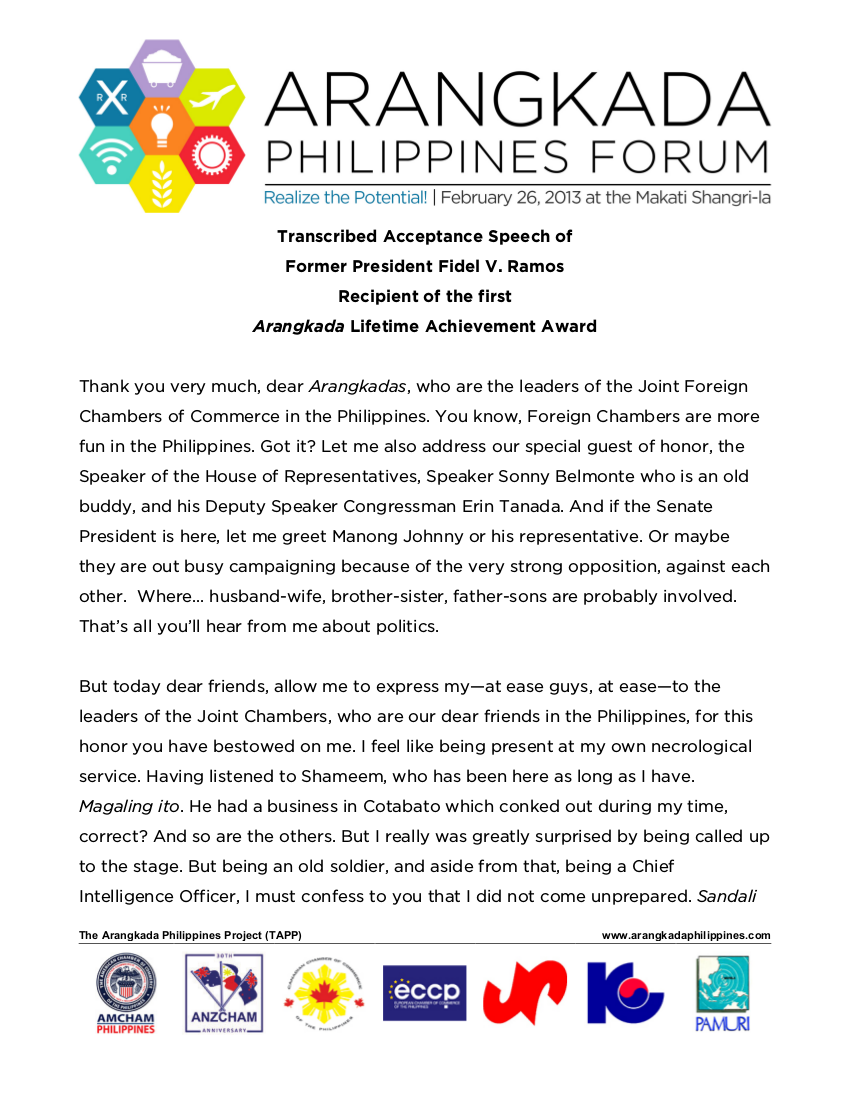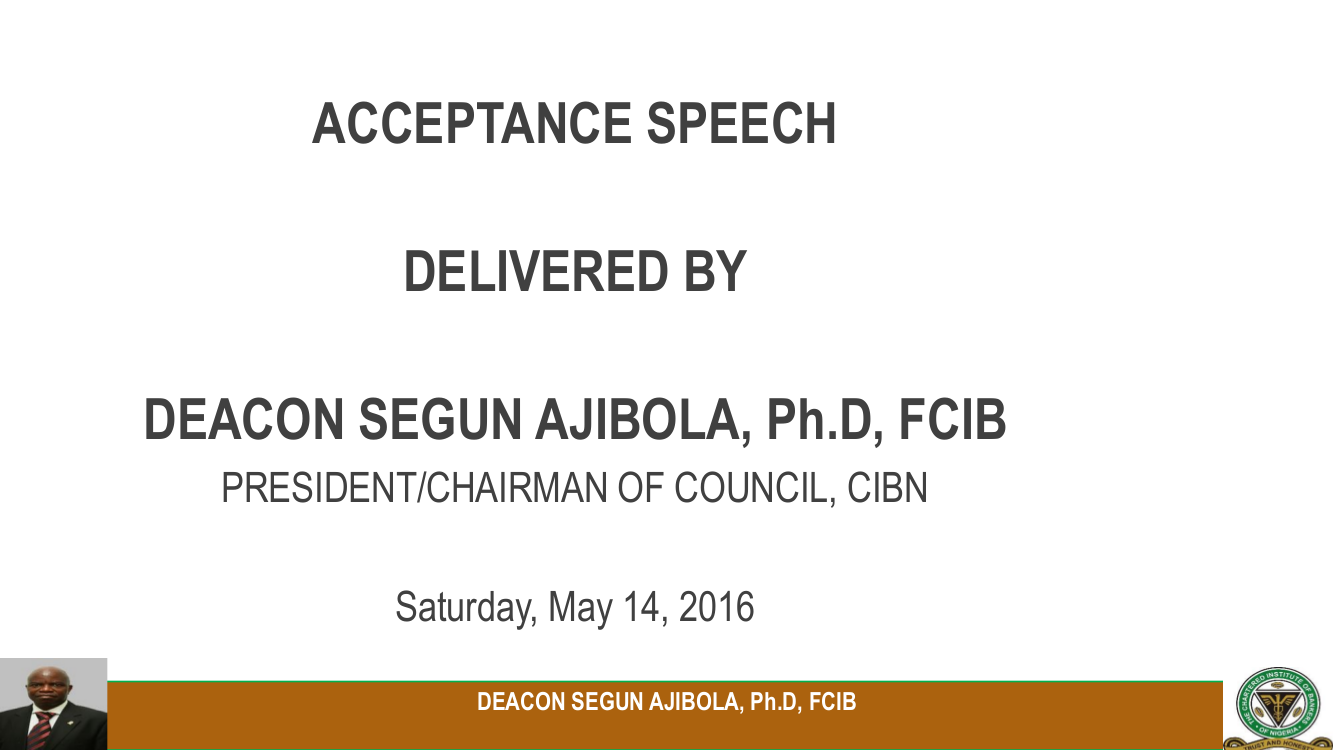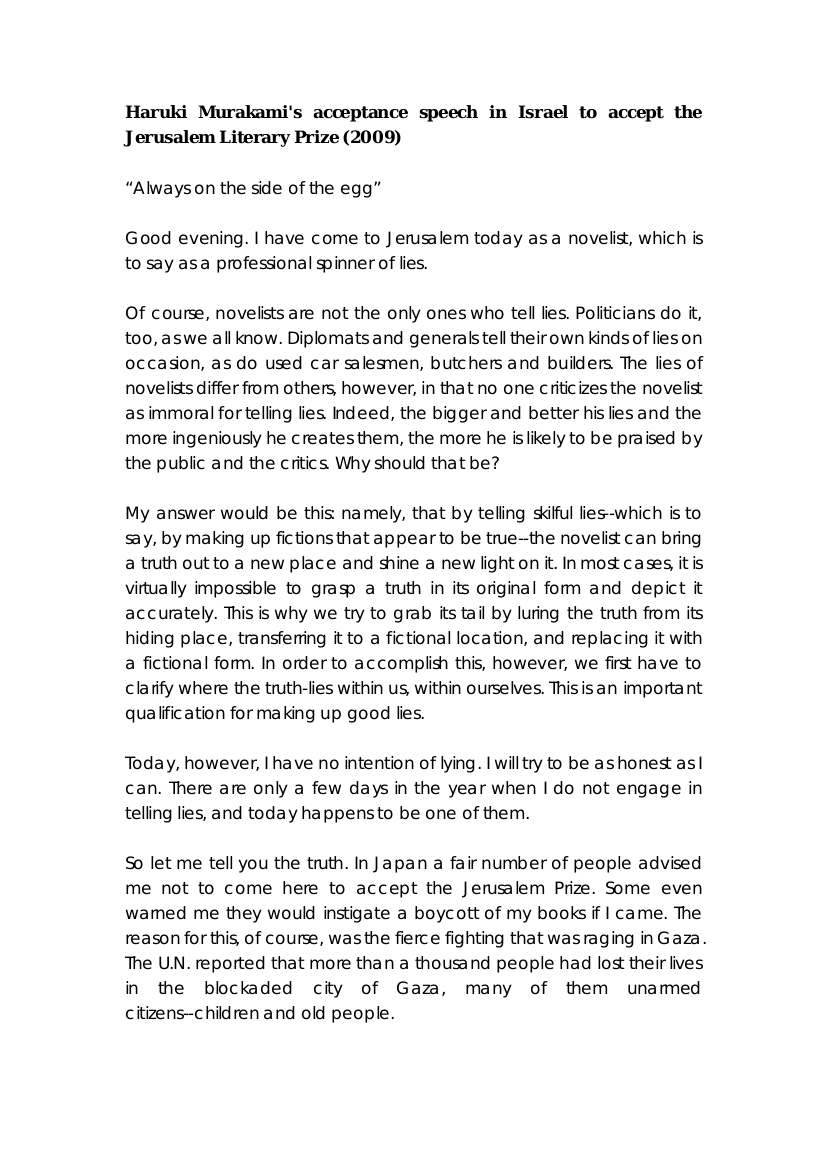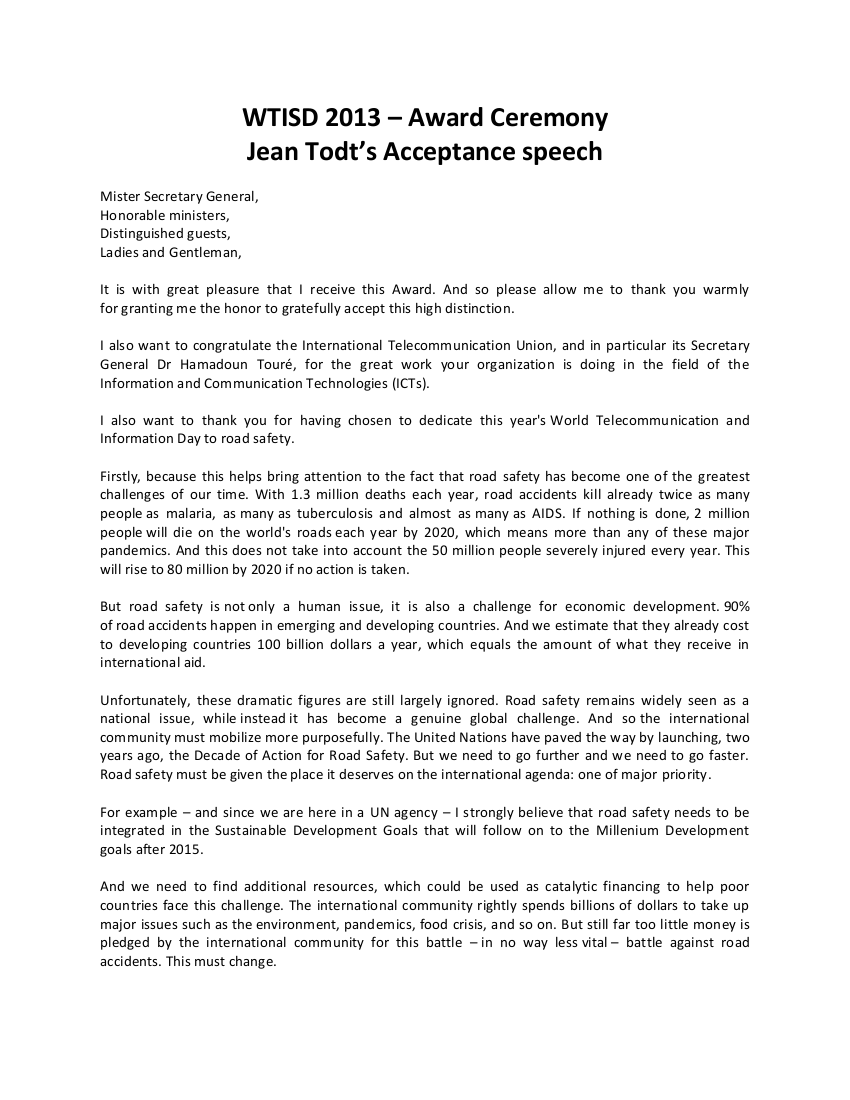19+ Acceptance Speech Examples to Download
Being recognized or awarded is one of the best feelings in the world. It gives us the feeling of being overwhelmed with so much gratitude and that we would also want to share our achievement with people who helped in the sidelines. One way of giving back and showing sincere gratitude is through acceptance speeches. The heart of every acceptance speech is gratitude. Acceptance speeches are also a way of acknowledging people who helped the recipient of the award or the recognition in acquiring all his or her achievements.

Simple Acceptance Speech
Donald Trump Republican Nomination Acceptance Speech
Economics Award Acceptance Speech
President of the Republic of Liberia Acceptance Speech
Incoming President Acceptance Speech
What Is an Acceptance Speech?
An acceptance speech is a speech with an aim to simply express gratitude after receiving a recognition or an award.
10 Tips for Writing an Award-Winning Acceptance Speech
We all know that acceptance speeches are often delivered after receiving an award but it does not mean that your acceptance speech shouldn’t be award-winning either. Here are ten steps on how to make and deliver an acceptance speech that can even make you earn another award if there is a contest for acceptance speeches:
1. Know Your Time Limit.
If you already know what award you will be receiving, you have to make sure that you asked about the duration of the entire awarding ceremony before starting your speech. In that way, you would know your time limit for your speech. You have to make sure that your speech would fit the given time frame in order to make sure that it does not exceed and make unnecessary changes in the program just because your speech was too long.
3. Acknowledge All that Has to be Acknowledged
It’s only right that you should recognize the people who have helped you in the sidelines. Most people would acknowledge their family, friends, and colleagues but this is too common; acknowledge the people who, even with their small contribution has made a great impact in helping you achieve your smart goals and successes.
4. K.I.S.S. and Brevity.
Most of the awarding ceremonies would often take 2-3 hours and oftentimes, there are a lot of people to be given an award and you may also add the myriad of performances and presentations in between. If you would have a speech with a length of more than five minutes for a single award or recognition, you will be taking too much of the awarding ceremony’s time and you have to keep in mind that you are not the only person to be awarded or given with a recognition. That is why you have to maintain the brevity, or keep your acceptance speech short and simple or else it will bore your audience and you would be taking too much time from the allotted time duration of the awarding ceremony.
5. Humor.
If you are a natural entertainer, then make good use of this in your acceptance speeches. Awarding ceremonies can be boring and it is only in ad-libs from hosts or emcees and speeches by awardees that a ceremony can be on the light side. But caution: do not focus solely on making your speech humorous or else your focus would stray away from what your acceptance speech is actually about and that is your expression of gratitude.
6. Tell a Story.
If you have found a difficulty in making your audience laugh, you can always tell a story. Good storytellers, without humor, can always entertain its audience. You can always share your struggles and mini-successes as you make your way to your main goal. In this way, you can actually inspire people who may actually share the same path and struggles as yours. People would always want to have a company in their miseries.
7. Do Not Bring Notes.
Aside from the fact that reading our acceptance speech on pieces of small notes would not make a good impression, memorizing and familiarizing our own speech can somehow improve or establish our credibility. Memorizing our own speech would also help us gain confidence in delivering the speech.
8. Always End with a Bang
If you want to make a great impact on your audience, always end your acceptance speech with a bang. You can summarize and condense the groups of people who helped you but this is not anymore necessary. What’s necessary is that you would make a statement that would give you a solid impression. One sign that you would be making a good impression is that you whatever you said in your speech, even if it is in the introduction, will be remembered by the audience. Although it is not necessary to end with a bang, it would actually make you feel good other than receiving the award or the recognition.
9. Speak From the Heart
Even if it is good to memorize our speech, sometimes it is only best that we would familiarize our acceptance speech so we that we will have a chance to speak from the heart. Memorizing would sometimes make us sound robotic as if we’re reading something, but if we familiarize and just speak form the heart, we actually become genuine in all the words and in the expression of our gratitude and honest appreciation to all the people we are acknowledging.
10. Make The Fact Clear that this Is Not Just About You
You should always make it clear that if ever there were people who helped you along the way, you should always and also acknowledge them and let them share your achievements. Always be humble but do not be overly modest to the point that you would sound fake and just act for the sake of trying to look down to earth. But that does not mean you could not be proud of the people who helped you along the way; again, remember to acknowledge their contributions, no matter how big or small that contribution is.
Nobel Peace Prize Acceptance Speech
Sample Acceptance Speech
Environmental Deplomacy Acceptance Speech
Dr. Helena Ndume Acceptance Speech for the United Nations Nelson Rolihlahla Mandela Award
President-Elect of Nigeria Acceptance Speech
Author Award Acceptance Speech
Sample Acceptance Speech
Peace Prize of the German Book Trade Conferment Speeches
Newly Elected Mayor Acceptance Speech
Barack Obama Victory Speech
Paul Collier Acceptance Speech
Lifetime Achievement Award Acceptance Award
Deacon Acceptance Speech
Author Acceptance Speech
Jean Todt Acceptance Speech
3 Simple Ways in Writing an Award-Winning Acceptance Speech
If you already know that you would be recognized and awarded, you should always prepare your acceptance speech beforehand. Unless you’re eloquent and confident enought that you would be able to ace an imprompty acceptance speech, then you may go ahead and skip the following list. But if you feel like you would still need to work on your writing your speech, then read this:
1. Make an Outline
Always start any writing composition with an outline. The outline will serve as your guide through out your writing process. This will give you direction. Make sure that in your oultine, you will have the parts of your speech as headers and right below the headers or the major parts of your speech are the ideas that you would want that part to contain with.
2. List Down the People You Would Want to Thank and Acknowledge
List down all the possible names of people and groups or organization that you would want to share your recognition or award so that you would not have a difficulty in remembering them when you would actually be already delivering your speech. You wouldn’t want to get any chances of being a person who shows no gratitude if ever you would forget to thank even one person or group of people, right?
3. Be Sincere and Genuine
Remember that the heart of every acceptance speech is gratitude and we all know that gratitude should always be sincere and genuine. It is not real gratitude if you would be all fake in your expression of thanks. It does not take a million to be genuine in thanking people that you should really be thanking. Always make sure that you have recognized every effort made by the people who helped you along the way and make sure that in thanking them, you sincerely and truly do.


